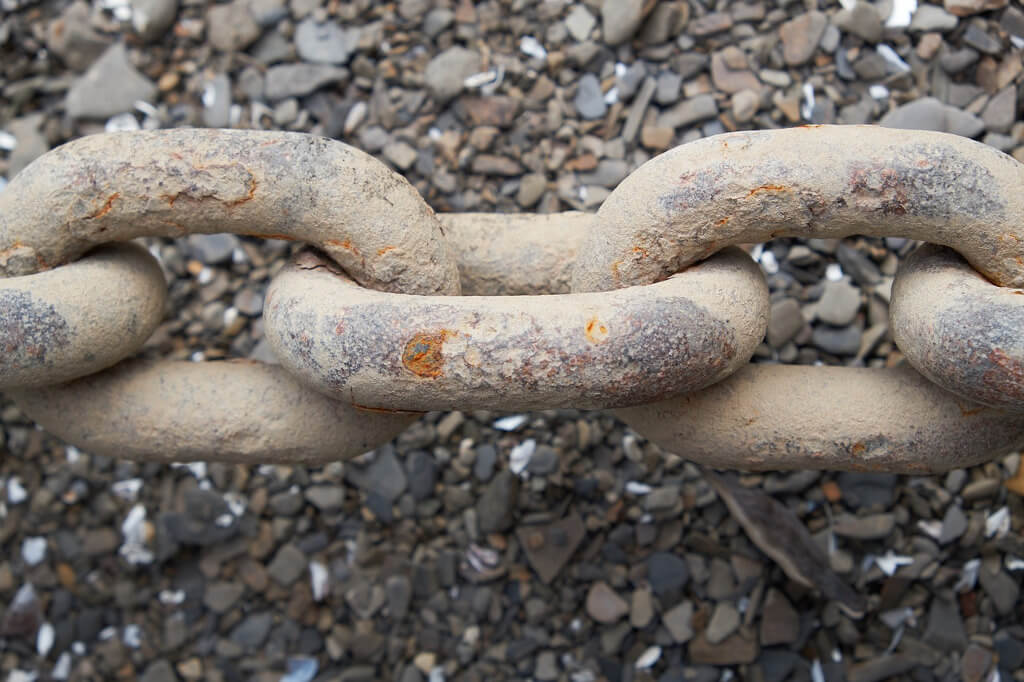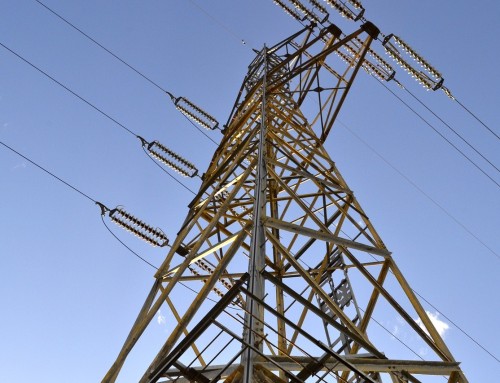ZIMSEC O Level Combined Science Notes: Experiment: The corrosion of metals by acids
Aim: Investigating the corrosion of some metals by acids

The corrosion of metals by acid gives off hydrogen gas
Materials: 5 test tubes, dilute hydrochloric acid, granulated zinc, iron fillings/iron nail, copper foil, aluminium foil, magnesium ribbon, splint burner.
Method
- Place a small piece of each of the above metals into each one of the test tubes
- Pour dilute hydrochloric acid into each test tube so that it just covers the metal
- Observe each of the mixture for a few minutes
- Place a thumb/cork over the mouth of one of the test tubs in which a gas is being produced in order to allow the gas to build up
- When you feel pressure over your thumb/ it looks like much pressure has build up remove the thumb and quickly insert a lighted splint into the mouth of the test tube.
Observations and results
| Metal | Rate of reaction | Level Corrosion |
|---|---|---|
| Magnesium | Rapid evolution of bubbles and vigorous reaction | Quickly disappears as it is corroded by the acid |
| Zinc | Fast evolution of bubbles/rapid reaction | Is quickly corroded |
| Aluminum | Slow evolution of bubbles | Is corroded by the acid |
| Iron | There is slow effervescence | The metal is eaten away and corroded |
| Copper | None apparent /No reaction | The metal is not corrected at all |
- Hydrogen gas is produced when the metals are corroded
- It burns with a pop sound when a lighted splint is inserted into test tube
- Copper does not react with the acid nor is it corroded
Conclusion
- Some metals are corroded by acid
- They react with hydrochloric acid to form a salt and hydrogen gas
- \text{metal+acid}\rightarrow\text{salt+hydrogen}
- Copper does not react with dilute hydrochloric acid
To access more topics go to the Combined Science Notes page.




